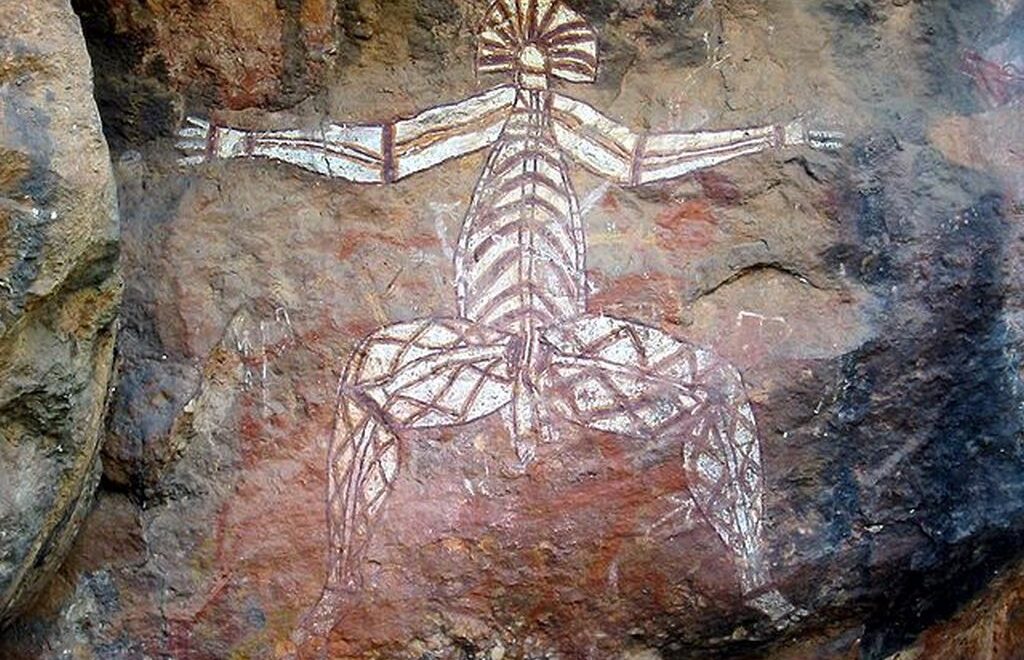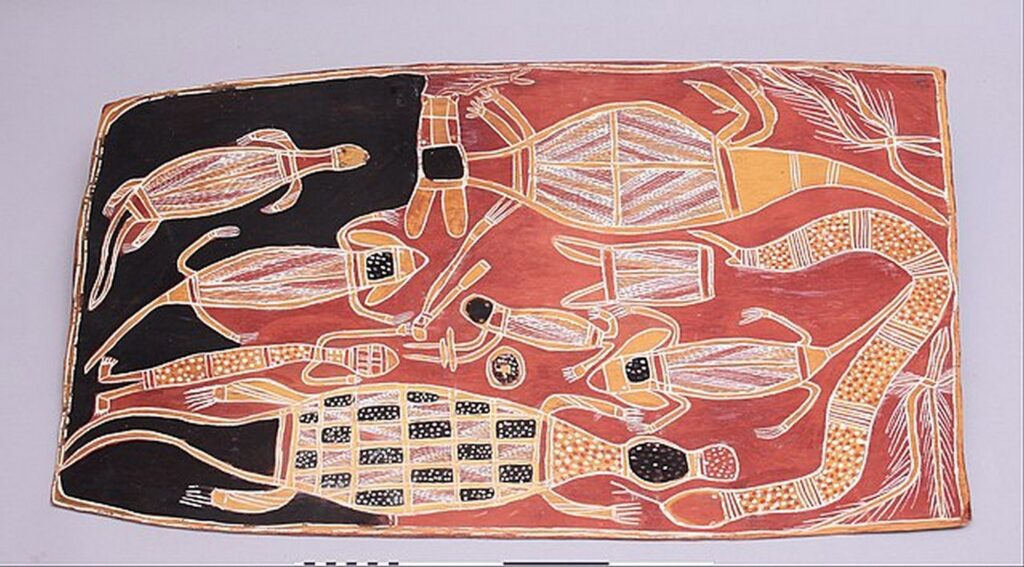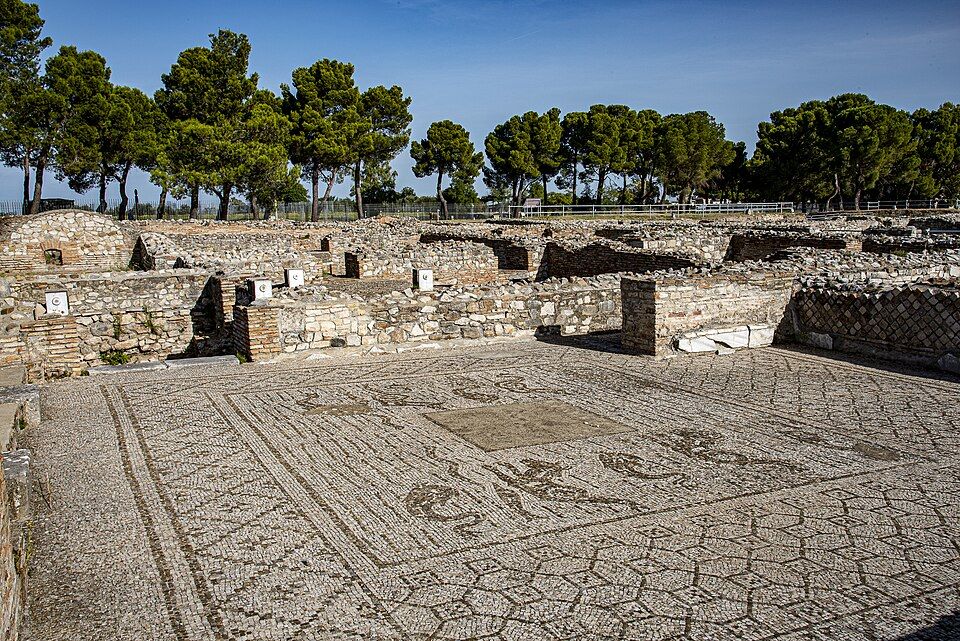
The discovery of buried fireplaces and carved wooden sticks in a cave in the Australian Alps could be the oldest known cultural rite, passed down orally for 500 generations, from the Stone Age to the colonial period.
Table of Contents
In societies without writing, ethnographically known rituals have rarely been archaeologically traced back more than a few hundred years. At the invitation of the ancient aborigines of GunaiKurnaiArchaeological excavations have been carried out in Cloggs cave, at the foot of the Australian Alps in south-east Australia. The caves were not used as dwellings in the early colonial period (mid-19th century), but as isolated retreats for rituals performed by Aboriginal medicine men and women known as "mulla-mullung".
A healing ritual
This research, published in Nature Human Behaviour were carried out jointly by researchers from Monash University, Australia, and representatives of the Gunaikurnai people. They discovered miniature buried fireplaces, 11,000 and 12,000 years old, including two carved sticks radiocarbon dated to 11,000 years ago. Further research provided a more complete picture: the two sticks stood on miniature hearths, stone enclosures containing ashes of grass and twigs that appeared to have burnt only briefly. These Casuarina wood sticks, coated with animal or human fat, correspond to the configuration and contents of the GunaiKurnai ritual installations described in nineteenth-century ethnography. These sticks were the centrepiece of healing and sorcery practices documented in the accounts of the Australian anthropologist and naturalist Alfred Howitt (1830-1908). It consisted of "tying a patient's hair or a piece of clothing to the end of a stick smeared with human or kangaroo fat".relates Science. The stick was then thrown into the fire, and the person healed.
Witchcraft practices
In 1887, Alfred Howitt published details of other ritual practices of the GunaiKurnai and neighbouring groups in south-eastern Australia. He documented the activities of individuals known as 'sorcerers', 'magicians' or medicine men and women, who practised magic on their victims or healed the dying - something that the anthropologist Adolphous P. Elkin (1891-1979) later referred to Aboriginal men and women as "high level". Among the GunaiKurnai, these powerful people, the "mulla-mullung", had a function within society acquired through ritual training. Spells were cast on their victims in secluded places, away from prying eyes. Howitt described how magic was used to wound a victim using a ritual fire and a wooden object coated with or attached to a piece of human or animal fat. "In all these tribes, a general practice, I would say almost universal, has been to obtain an object belonging to the intended victim. A piece of his hair, some of his excrement, a bone that he has picked up and dropped, a shred of his possum blanket or, nowadays, his clothes, are enough. If nothing else can be obtained, the victim can be observed until he is seen to spit, his saliva then being carefully collected with a piece of wood and used to destroy it..." Howitt also described how to curse enemies: "To harm an enemy, a sorcerer would obtain an object associated with the intended victim [...] and attach it to the end of a stick smeared with human or kangaroo fat. The mulla-mullung would then plant the stick in the ground next to a small fire and chant the name of the intended victim until the object fell into the flames, thus casting a fatal spell".
The Cloggs cave also contained a number of archaeological features characteristic of the ritual installations and practices of this people. These artefacts date from different periods that together span some 23,000 years, indicating that the cave was used for a range of activities during this period. Among the elements unearthed by the researchers were: an arrangement of stones, stalactites broken during the period of confirmed Aboriginal presence, a portable grinding wheel with traces of crushed calcite crystals and quartz crystals. These discoveries represent 500 generations of oral cultural transmission (twelve thousand years) of an ethnographically documented ritual practice that dates back to the end of the last Ice Age and contains the oldest known wooden objects in Australia. An unprecedented discovery in Australia and around the world. The combination of factors that contributed to the survival of the settlements and their wooden artefacts provides an unparalleled insight into the resilience of GunaiKurnai storytelling traditions and the transmission of knowledge. These objects, along with ethnographic evidence, demonstrate the transmission of ideas and practices over a period of 12,000 years.
Text : Brigitte Postel
This article also appeared on the Revue website Natives.




